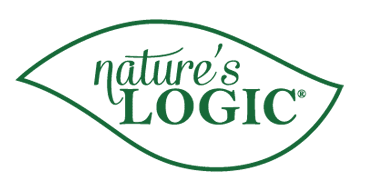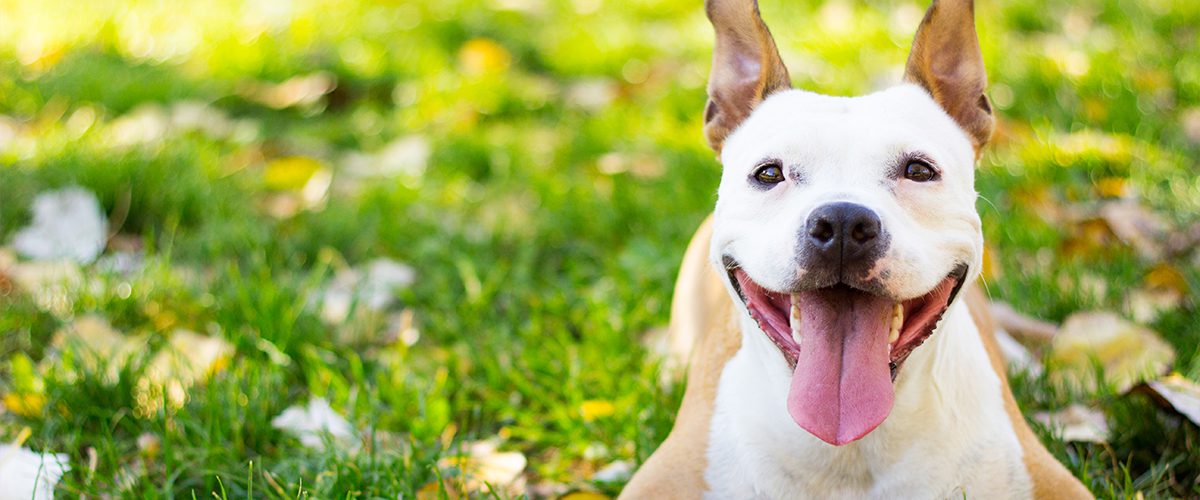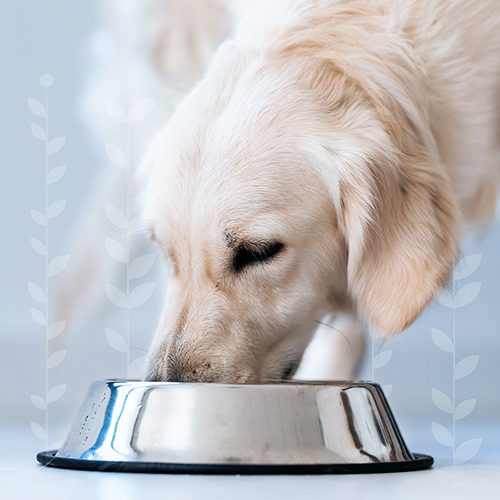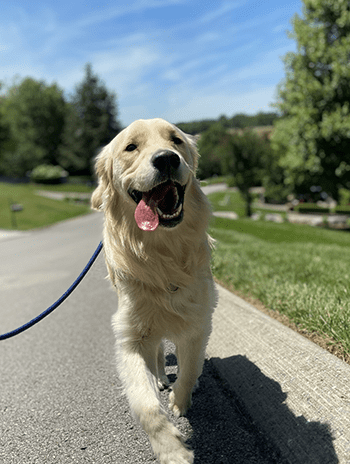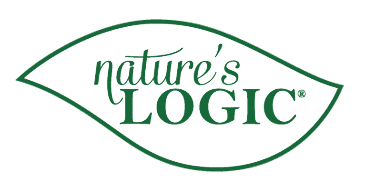A Guide to Weight Management for Dogs
Dogs aren’t just pets; they are family members who bring us joy and companionship. To help ensure your pup lives a long, happy life alongside you, it’s important that they maintain a healthy weight. If you think your dog is a bit on the hefty side, don’t worry. Below we’ll explore the steps you can take to help your dog get to a healthy weight range.
How to tell if your dog is overweight
It’s easy to assess your own physical fitness, but how can you tell if your canine companion isn’t in the best shape? Obviously, they can’t speak to you about it, but there are a number of telltale signs that indicate your dog is carrying extra pounds.
Your dog’s appearance is a strong indicator of their overall health, so simply looking at your pup can tell you a lot. For example, if they are losing their defined waist and looking a tad rounder from the side and above, or if you can no longer feel their ribs, your dog could be overweight. The look of their coat is another physical indicator: if your dog’s fur looks dull/blog/signs-of-an-unhealthy-dog-coat/, it could be a sign of missing nutrients in their diet, or that they might be struggling with another health concern.
How to help your dog lose weight
The good news is that if your dog has put on a few extra pounds, there are some simple ways you can help. As with humans, getting back to a healthy lifestyle is influenced by two key things: nutrition and exercise. Establishing a high quality diet in the right portions, and introducing more physical activity into your dog’s routine can help improve their health and quality of life.
Nutrition for Dogs
Let’s get back to the basics – nutrition is the foundation for helping your dog get to a healthy weight. Just like when humans want to lose weight, portion control and nutrition choices are important first steps to getting your pup on track. The ideal portion size is dependent on several factors, including the size of your dog and their age, so we’ve put together a helpful feeding guide that breaks down recommended portions. It’s also important to stick to regular feeding times so your dog can expect consistency with meals and avoid overeating, which can happen as a result of a random feeding schedule.
In addition to reviewing portion sizes and meal times, take a look at the extra calories you might be offering throughout the day, like table scraps. While it may be tempting to give in to those puppy eyes and slip your dog a few pieces of food from your plate, avoid this habit. A healthy, all natural dog food provides all the nutrition your dog needs to thrive. Feeding from the table is an easy way to lose track of what your dog has eaten that day.
It’s also important to make sure any treats or chews are accounted for as part of your dog’s daily calories, not just kibble and wet food. While treats can be included in a healthy canine diet, The Pet Food Institute advises that treats should only account for 10 percent of your pet’s total daily caloric intake.
Moderating treats, reducing table scraps, and focusing on portion control are only part of the solution. You still need to make sure your dog is getting all the nutrients they need from the food they’re eating. Opting for an all natural food that focuses on wholesome ingredients without the use of synthetic vitamins is a great place to start. This will help ensure that your pet gets the nutrients they need from foods like animal protein, vegetables, and fruit. We recommend looking at the ingredients in your dog’s food, whether it be wet food, kibble, or treats, and reviewing what purposes or benefits those ingredients offer. While you’re working with your dog to reduce their overall weight, it’s important that they get sufficient protein, fat, fiber, vitamins, and minerals. A balanced diet should help promote weight loss. With the right nutrients and meal portions, you can satisfy your dog’s appetite without extra treats or scraps from the table.
Exercising Overweight Dogs
There isn’t a one-size-fits-all exercise regimen for dogs: it all depends on the level of exercise typically required for your dog’s breed and age, as well as their own fitness level. In other words, you don’t want to take your dog, who is used to ten-minute walks, on a three-hour hike right off the bat. You also wouldn’t expect a smaller breed to need the same amount of exercise time as a larger, athletic breed.
Start by integrating exercise into your dog’s routine gradually, and progress into longer or more challenging adventures. It’s also important to make exercise fun for your pet by giving them positive reinforcement each time they’re active. It’s important to note that your vet knows your dog better than we do, so be sure to consult with them as you make changes to your dog’s lifestyle and diet.
The benefits of exercise are important: as with humans, staying active will help support your dog’s heart health and help your dog build their muscles, move their joints, and maintain a healthy weight. As a bonus, exercise can also help to reduce stress and can improve your dog’s behavior and overall mood. It’s a win-win!
Promoting healthy practices for your dog
Establishing a routine that includes regular exercise and a stable, nutritious diet can contribute to a healthy weight. Nature’s Logic specializes in products that support a balanced diet for all breeds of dogs, utilizing whole foods and all natural ingredients without the use of synthetics. The way pet food should be.
Explore our range of kibble and canned food as you and your dog embark on their weight loss journey. If you want to learn more about which Nature’s Logic recipe is best for your dog, send us a message by clicking the button below. We would love to chat!
